Words and Interview Gabrielle de la Cruz
Images Berndnaut Smilde and the Ronchini Gallery
“There was this seascape painting at my grandparents’ house that fascinated me as a child. It was a picture of rough waters with a few boats and a stormy sky. Because of the painted difference in light, I couldn’t make out if the storm was coming or fading. I was intrigued by the possibilities embedded in those clouds. Perhaps that was the seed?” Berndnaut Smilde recalls when I asked him if there was a specific moment that influenced him to take on his current path. Since 2012, he has been gaining renown as the man behind the clouds, conjuring up breathtaking ‘cloud’ installations formed out of smoke and water vapor.
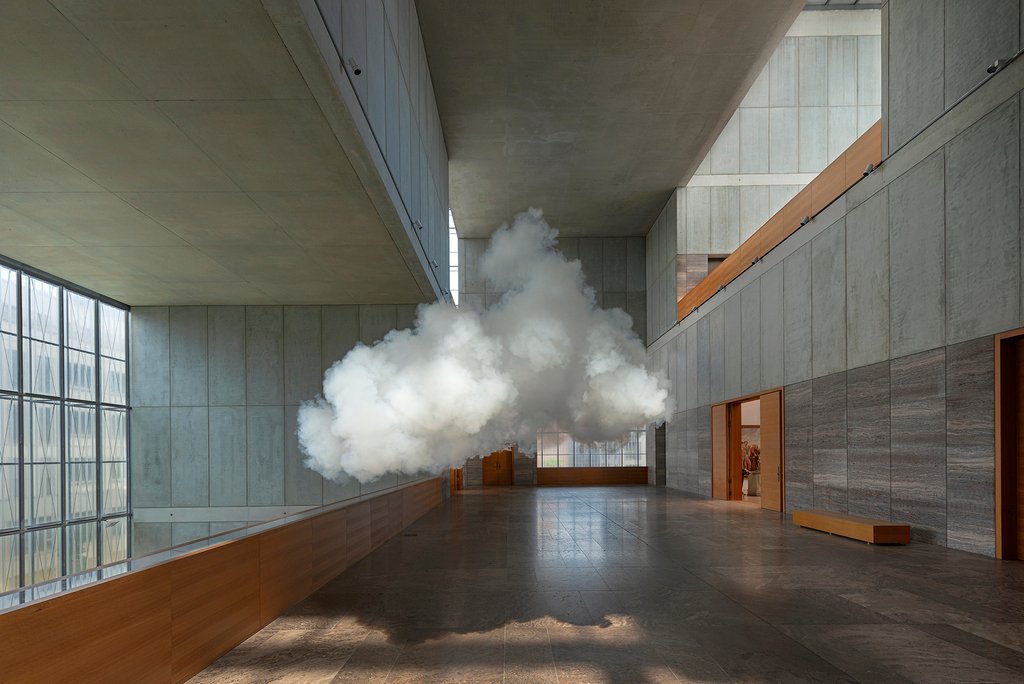

What makes Smilde’s work doubly interesting is that they are all site-specific and ephemeral. He momentarily alters the interiors of museums, castles, churches, factories, dungeons, and even coal mines. The balance between calculated room temperature and lighting, along with the absence of air circulation, allows particles to take shape and form the clouds. After an average of 10 seconds, the clouds will disappear, with only photographs serving as proof of their existence.
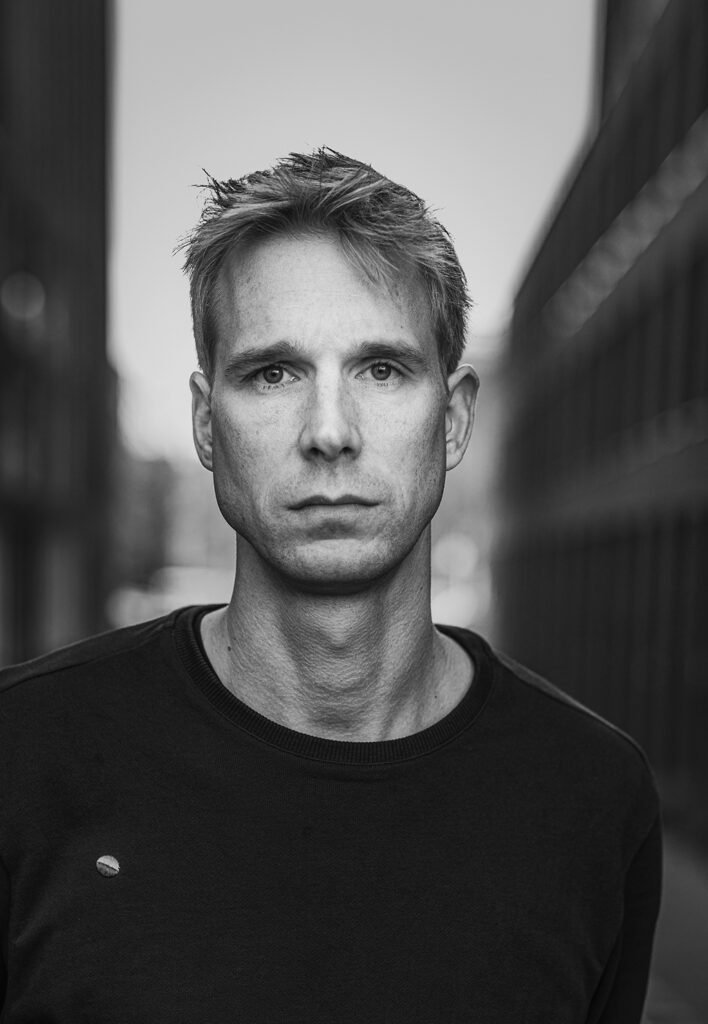

What about the act of creating clouds grabbed you?
Smilde: It’s the ungraspable aspect of clouds and the lack of control that excites me. I like the idea of being at the right place at the right time. It is interesting how I can encounter an object or scene and know that I will experience it just once in this form. For me, the best part is when you get to realize something that is close to your initial idea.
The cloud is a great metaphor that changes its context and interpretation with each space. The old chapel at the Hotel Maria Kapel art space in the Dutch town of Hoorn, for example, emphasized the divine connotations, but in other environments, it could appear as an element drawn out of a landscape painting, a thought bubble, a means to conceal, or simply mirror a state of in-betweenness.


The artist usually handpicks venues that have “a sense of materiality, unusual architectural elements, and unique features such as intricate tiles, striking colors, and impeccable craftsmanship.” He also makes use of spaces that have traces of their former use, illustrative of how a setting can be temporarily transformed. He adds that he has a list of buildings in mind, but would sometimes surrender to spontaneity; if he hears about a specific space that would make for more interesting conversations, that would sometimes be his next site.
The total symmetry and atmosphere of a location are vital to his process. He mentions the Kunstmuseum Den Haag (1935) designed by architect H.P. Berlage, which he worked in on last year, as one of his favorite buildings in the Netherlands. According to him, the space “provided great counterbalance to the uncontrollable aspect of the cloud.”
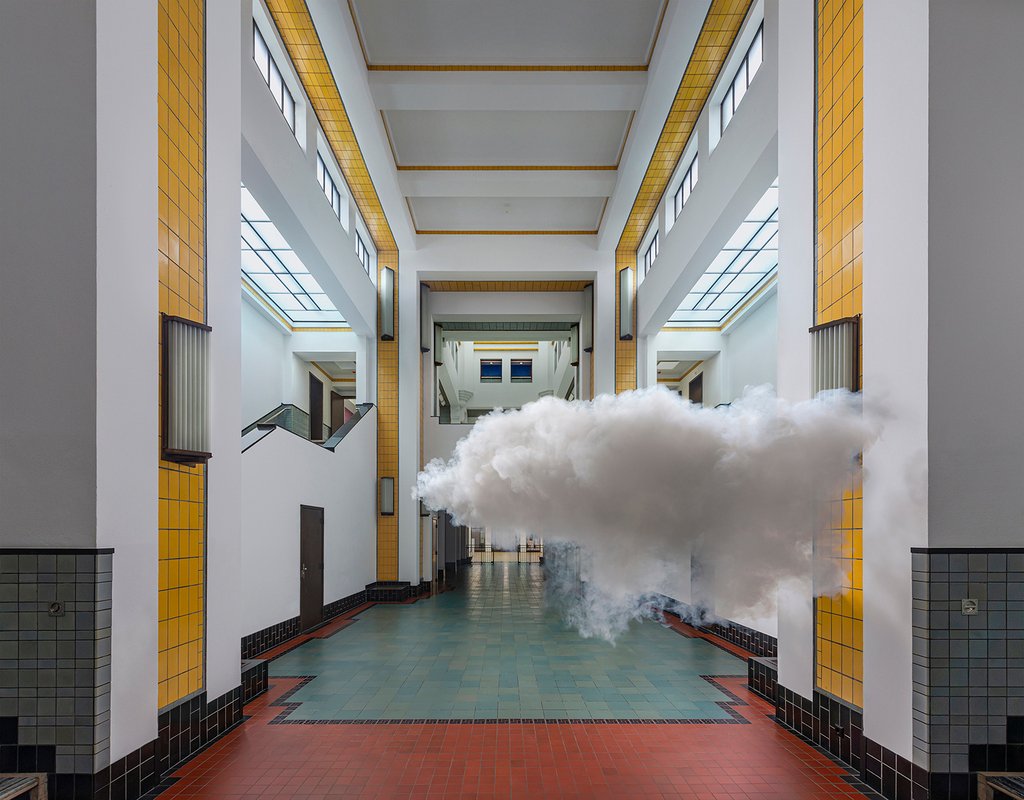

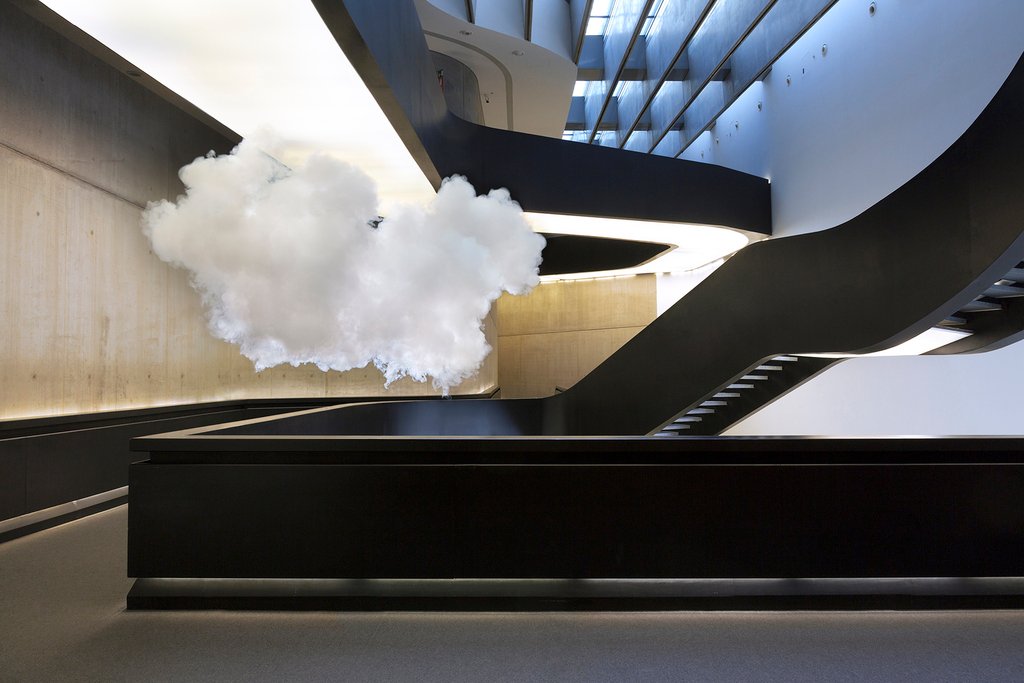

There is both an artistic and scientific side to your process; how do you satisfy the needs of both?
It usually takes a couple of days to complete a work. Sometimes there can be quite a bit of preparation, as museums are often air-conditioned, smoke detectors have to be shut off for a moment, and no traces of the public should appear on the scene.
Once I arrive at the location, I take a fair amount of time to find the setting I want, elements that should be in the frame, or the light I want to capture. I then test different set-ups with the machines and light situations to see how the smoke reacts in the space and make adjustments.
After every cloud, we need to clear the space from smoke and start again. Every cloud and light situation is unique. We shoot tens of clouds and in the end select one to be the work.
Smilde reveals that the main Cloud team consists of only three people. Most of the time, he works with the same photographer, Cassander Eeftinck Schattenkerk. They met in the former chapel of Hotel Mariakapel, where Smilde created his first cloud. Schattenkerk was busy documenting exhibitions at the art space then. “He was familiar with the configuration of space and light and we have worked on many locations ever since.”
Visual artist Annegret Kellner is in charge of post-production. She is also the designated atelier manager. The three of them work on putting up the clouds and often collaborate with technicians to ensure that mechanisms are in the right place. For special projects such as the recent World Expo in Dubai, they usually seek the assistance of a full team.
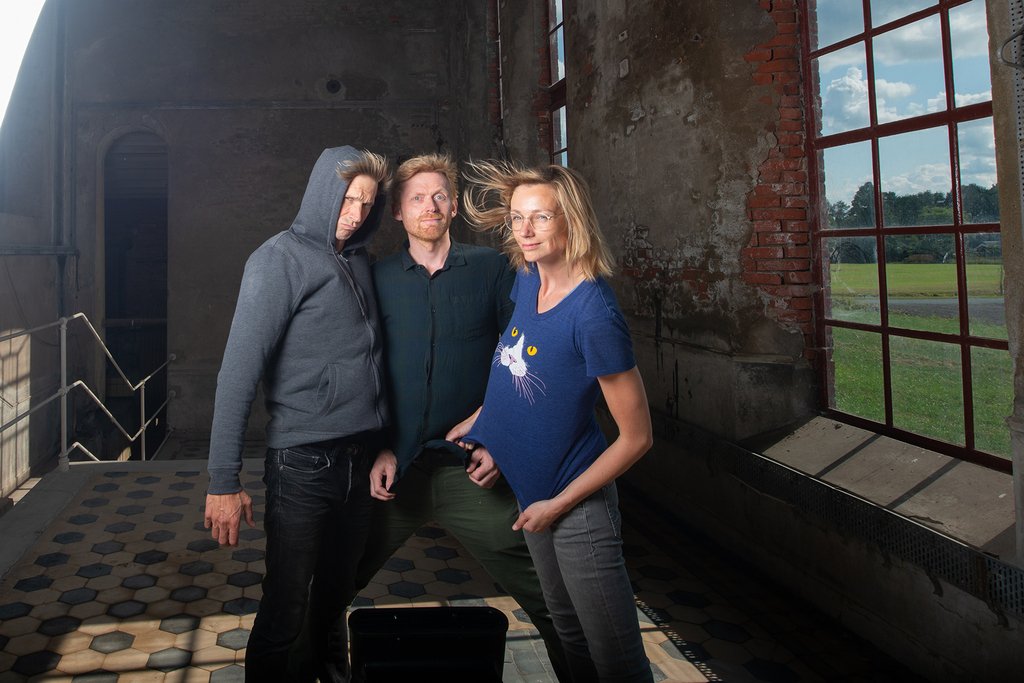

It is very unusual for an artist to work on something that would only last temporarily. What about the concept of ephemerality resonates with you as an individual?
The fleeting aspect is something I’ve embraced in some of my other works as well.
A good example would be the Breaking Light series, which is a continuous attempt to break light on a large scale. It started with the idea of utilizing a lighthouse and placing a prism in front of the light to project a rainbow onto its surroundings. I wanted to impose a natural phenomenon onto the surroundings like a temporary hack in the landscape.
A rainbow is even more fleeting than a cloud. The clouds I make consist of smoke and water, but a rainbow is even more intangible, it isn’t even physically there. It just occurs as a refraction in our eyes, in our perception.
Many of my works thus seem to function but are destined to fail — like the cloud that grows and grows but disperses in the next moment. Whether dictated by physics, materiality, or the viewer’s perspective, the prospect is often just a façade in my work, which deals with perfection and the ideal. The work either denies itself, or it’s so delicate that it breaks up and shows its impermanence.


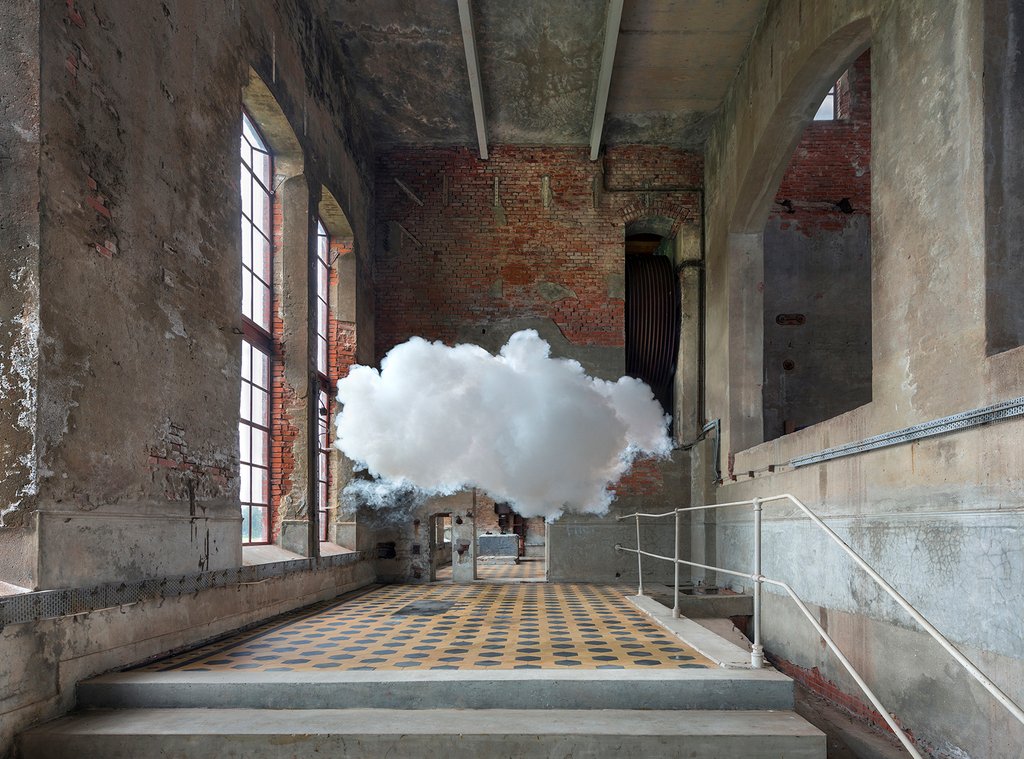

They say that a photograph makes a moment last forever. What role does photography play in your process, taking to mind the ephemerality of your works?
I see the clouds as temporary sculptures made for a specific location. I may be creating the work on-site, but the cloud is the actual artwork. As the clouds aren’t durable and fall apart the moment they grow, the work is captured in a photograph which functions as the document of something that took place in a specific space and is now gone. You could say that the work is not so much the photograph itself as the scene that it evokes. Art historian Laura van Grinsven described it beautifully, that through the picture we are re-living the moment in our minds, making the cloud more important in its absence than its presence.
Like many artists, Smilde often ponders how his work is able to impact audiences. “I often wonder if a cloud would be able to change a space or the way we look at it after it is gone. I heard a nice story about The Groen Art Collection in Arnhem where I made a cloud in their new building. This work had become so connected to that space that some people even seem to remember being there when it took place. But this is a projection.”
Smilde’s work can be read as a translation of many things — a material process with an ethereal product, fleeting in form yet lasting in memory, and a manifestation of how art can challenge earthly boundaries. His explorations remind us that when it comes to creativity, getting your head up in the clouds isn’t such a bad thing. •
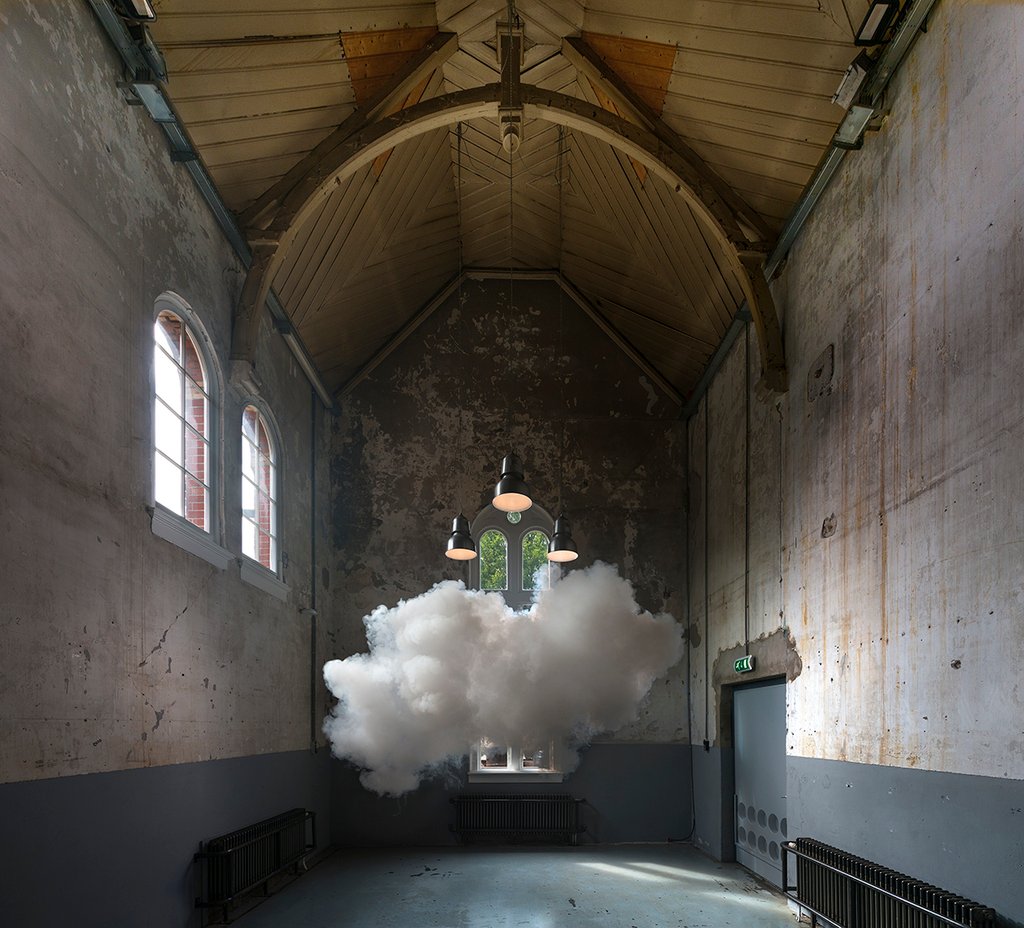

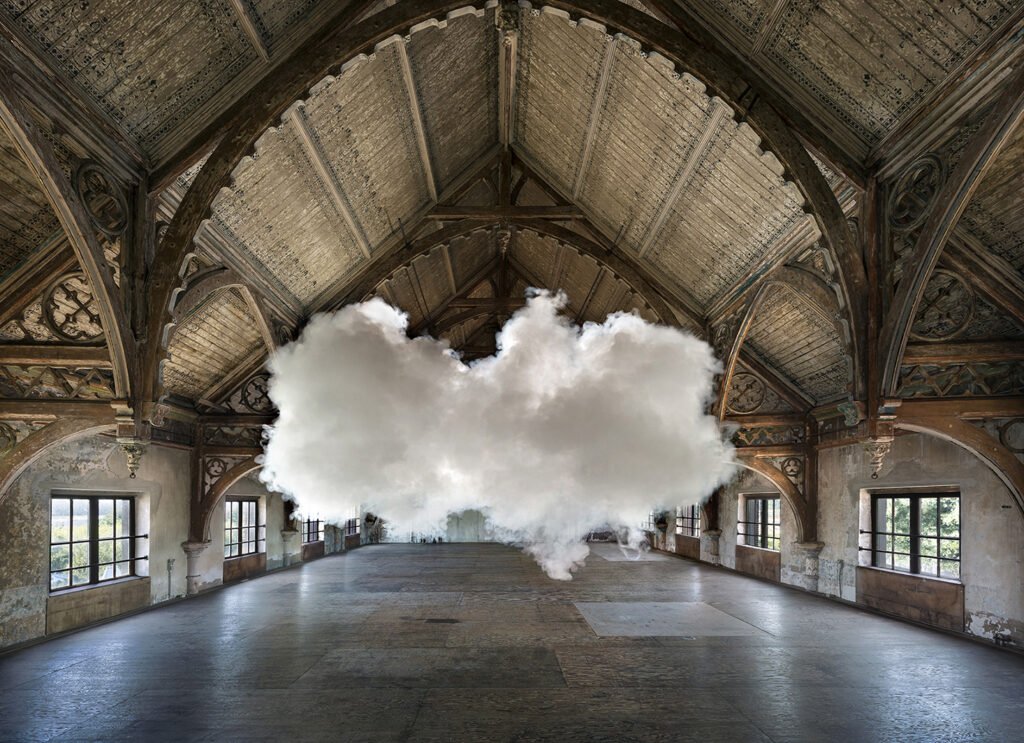

Gabrielle de la Cruz started writing about architecture and design in 2019. She previously wrote for BluPrint magazine and was trained under the leadership of then Editor-in-Chief Judith Torres and then Creative Director Patrick Kasingsing. Read more of her work here and follow her on Instagram @gabbie.delacruz.
View more of Berndnaut Smilde’s works here.


2 Responses